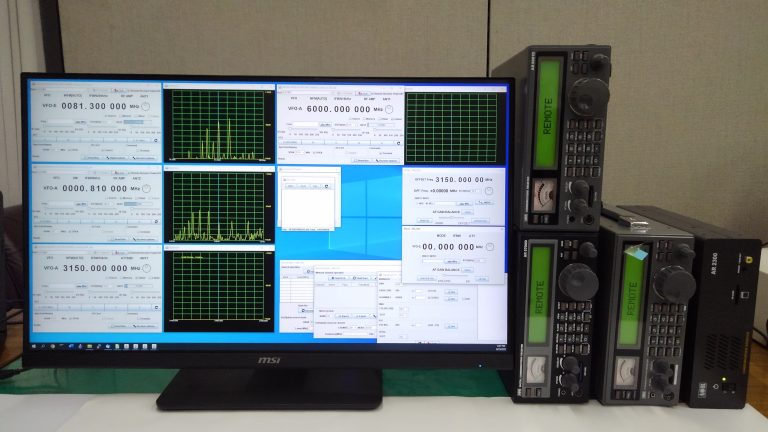Arabic font is a vibrant reflection of the rich cultural tapestry and linguistic diversity of the Arab world. With its myriad styles, scripts, and regional variations, Arabic typography celebrates the beauty and complexity of Arabic script, showcasing the diverse heritage and artistic traditions of Arabic-speaking communities worldwide. Through its diverse range of fonts and styles, Arabic typography serves as a powerful medium for celebrating cultural diversity and fostering unity amid a mosaic of linguistic identities.
Regional Variations
One of the most striking aspects of Arabic font diversity is the abundance of regional variations and dialectical influences. From the Maghreb to the Mashriq, from North Africa to the Levant, each region has its own distinct calligraphic traditions and typographic conventions. Scripts such as Maghrebi, Levantine, and Egyptian exhibit unique characteristics in their letterforms, strokes, and ligatures, reflecting the linguistic nuances and cultural heritage of their respective regions.
Calligraphic Styles
Arabic calligraphy boasts a rich tradition of calligraphic styles, each with its own aesthetic principles and historical significance. From the angular geometry of Kufic to the flowing elegance of Naskh, from the ornate flourishes of Thuluth to the dynamic energy of Diwani, Arabic calligraphy encompasses a diverse range of scripts that showcase the mastery and creativity of calligraphers throughout history. By celebrating the diversity of calligraphic styles, Arabic font pays homage to the artistic heritage and craftsmanship of Arabic calligraphy.
Contemporary Expressions
In addition to traditional calligraphic styles, Arabic font embraces contemporary expressions and innovations in typography. Modern digital fonts offer a wide range of styles, from sleek and minimalist to bold and expressive, catering to diverse design preferences and aesthetic sensibilities. Designers and typographers are experimenting with new techniques, materials, and mediums to push the boundaries of Arabic typography and create fonts that resonate with contemporary audiences while honoring cultural traditions.
Cultural Exchange
Arabic font serves as a bridge for cross-cultural dialogue and exchange, transcending linguistic and geographical boundaries to connect people from different backgrounds and communities. Western designers often draw inspiration from Arabic calligraphy, incorporating its aesthetic elements into their designs and creating a fusion of Arabic and Latin typography that reflects the interconnectedness of global design cultures. This cultural exchange fosters greater appreciation and understanding of Arabic script and its artistic heritage, enriching the global design landscape.
Unity in Diversity
Celebrating diversity in Arabic font is not just about acknowledging differences; it is also about recognizing the common threads that unite Arabic-speaking communities around the world. Despite the diversity of scripts, styles, and regional variations, Arabic font serves as a unifying symbol of linguistic identity and cultural pride, fostering a sense of solidarity and belonging among Arabic speakers worldwide. By embracing the rich diversity of Arabic typography, we celebrate the beauty, resilience, and interconnectedness of Arabic script in all its forms.













+ There are no comments
Add yours